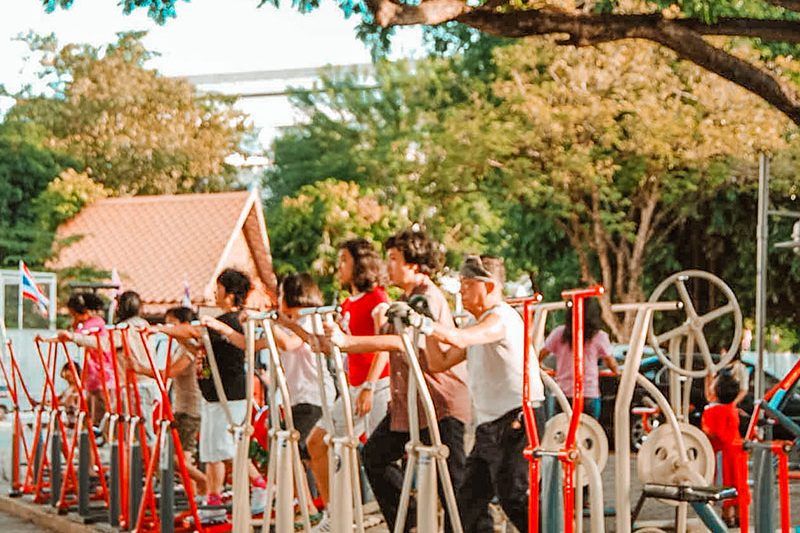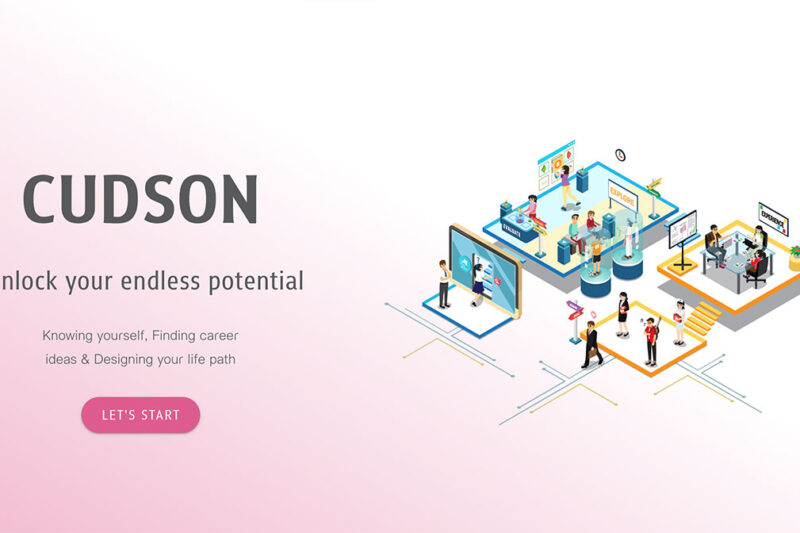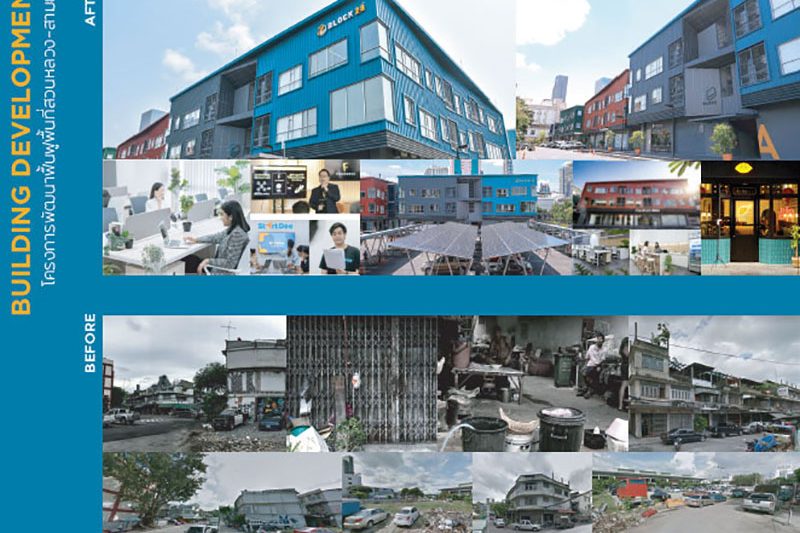Chulalongkorn University is known for its peaceful atmosphere as well as having a campus that its extremely easy to travel around. The university encourages walking within the premises for students, teachers, staff and even the general public who roam in the local area.
In addition, the CU Covered Walkways & Sky Walk network provides paths for pedestrians, joining academic buildings throughout the university to the benefit of everyone who likes to walk around the area. This reduces the number of cars and motorcycles on campus and their emissions, promotes a healthy lifestyle of students and the general public and also protects pedestrians from the pouring rain and strong sunlight. There are also walkways surrounding the campus areas and underground tunnels to get to the other side of the university. [https://www.thaipbs.or.th/news/content/311964] As a result, everyone can walk conveniently and safely to wherever they want to go.
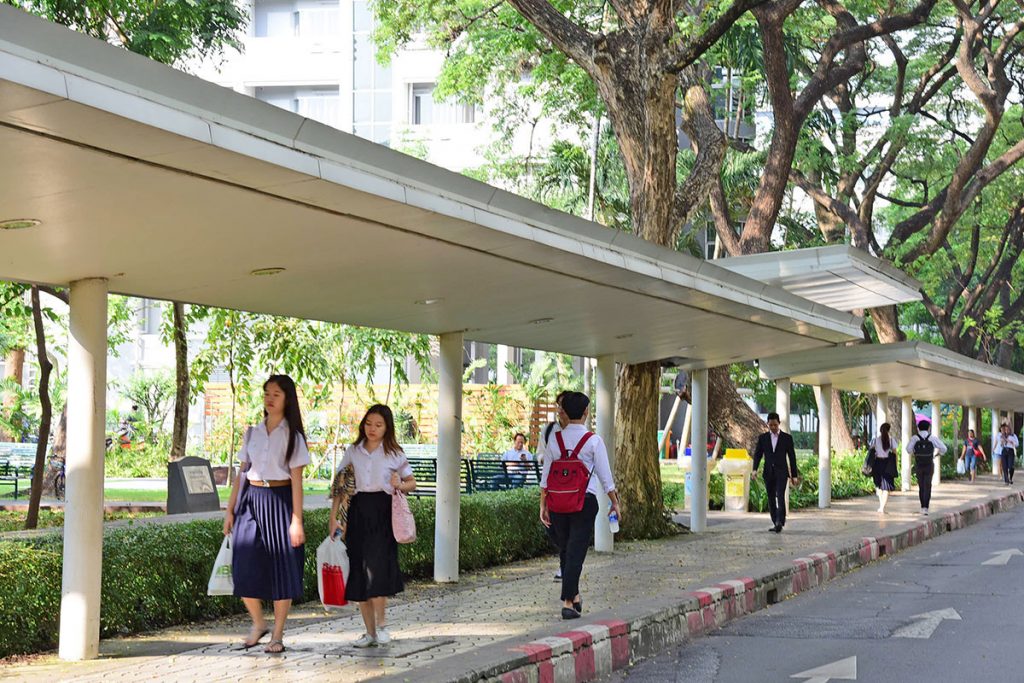
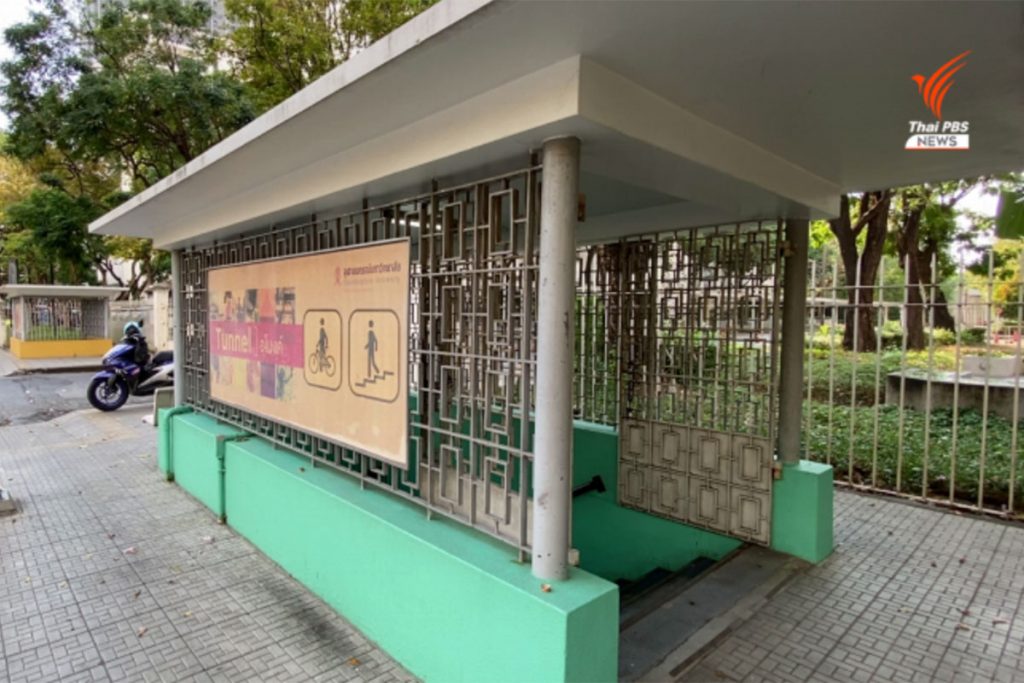
The university also has speed bumps to slow down vehicles at zebra crossings at several points throughout the campus. The introduction of speed bumps and special crossing areas has been especially beneficial for wheelchair users who can find it difficult to navigate uneven pavements and roads. Building speed bumps enables pavements on both sides to be at equal levels, making it easier for people with disabilities to cross. Locations are chosen based on their suitability for pedestrians to cross, while not affecting other traffic significantly. The university has studied the routes used by people with disabilities in order to plan ways for them to travel with ease, applying the principles of Universal Design. All pedestrians are encouraged to walk through the campus as they can do so easily and safely, while they can also use elevated walkways in the case of flooding on roads within the university.
Furthermore, speed bumps help limit the speed of vehicles within the university for the safety of students, staff and outsiders. This can reduce the rate of accidents and any potential injuries that they may cause. The university also uses a variety of vehicles including shared electric cars, motorcycles, bicycles and scooters, as well as public transport vehicles such as campus buses and MuvMi electric tuk-tuks.
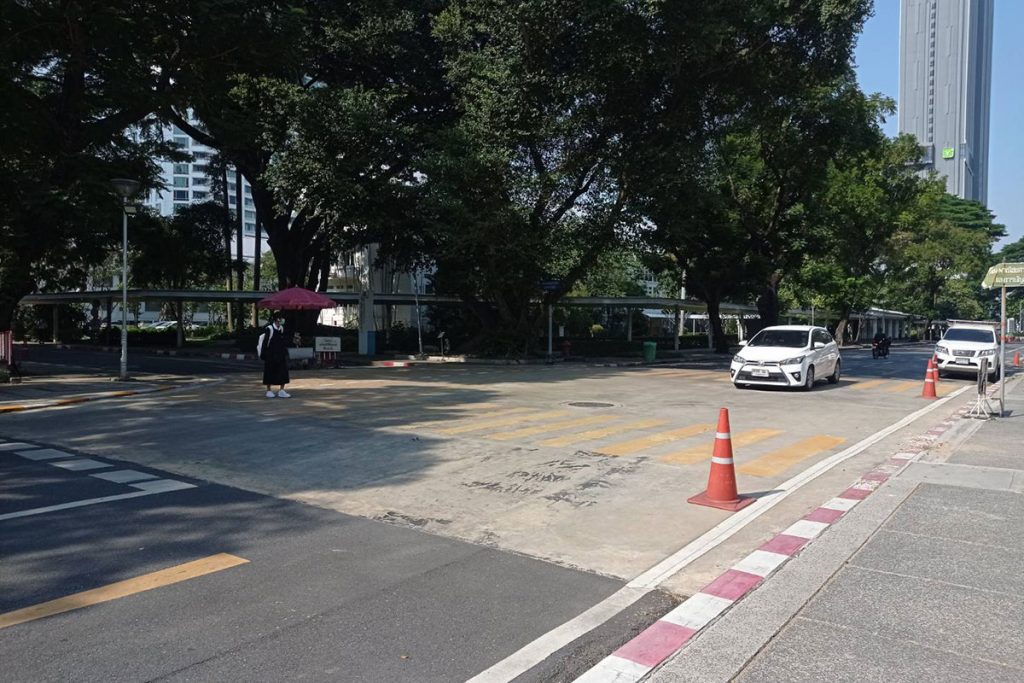
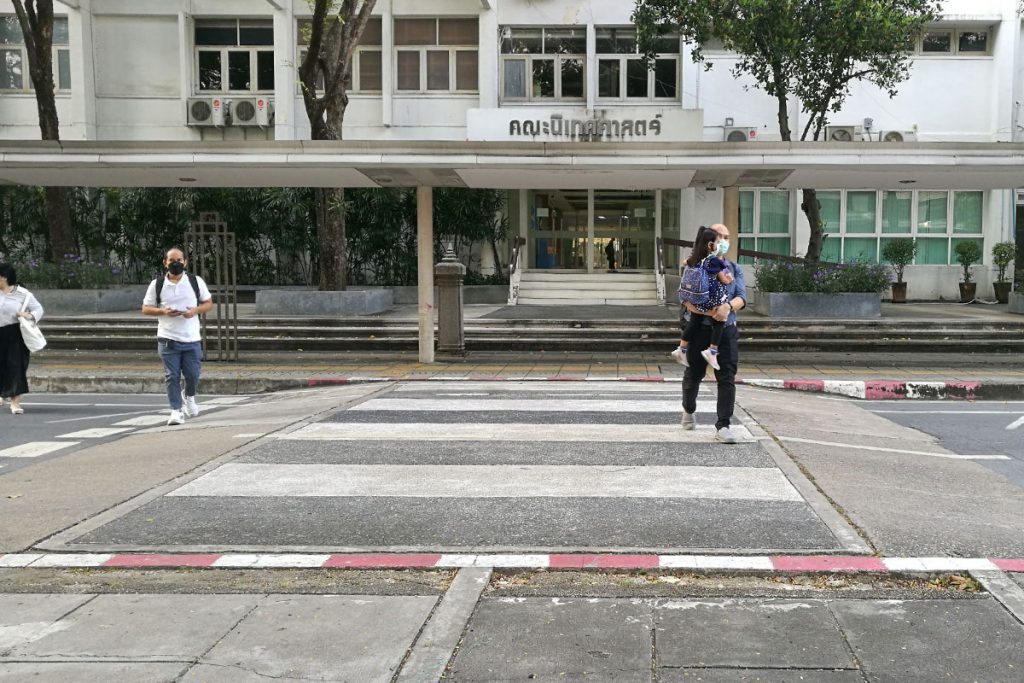
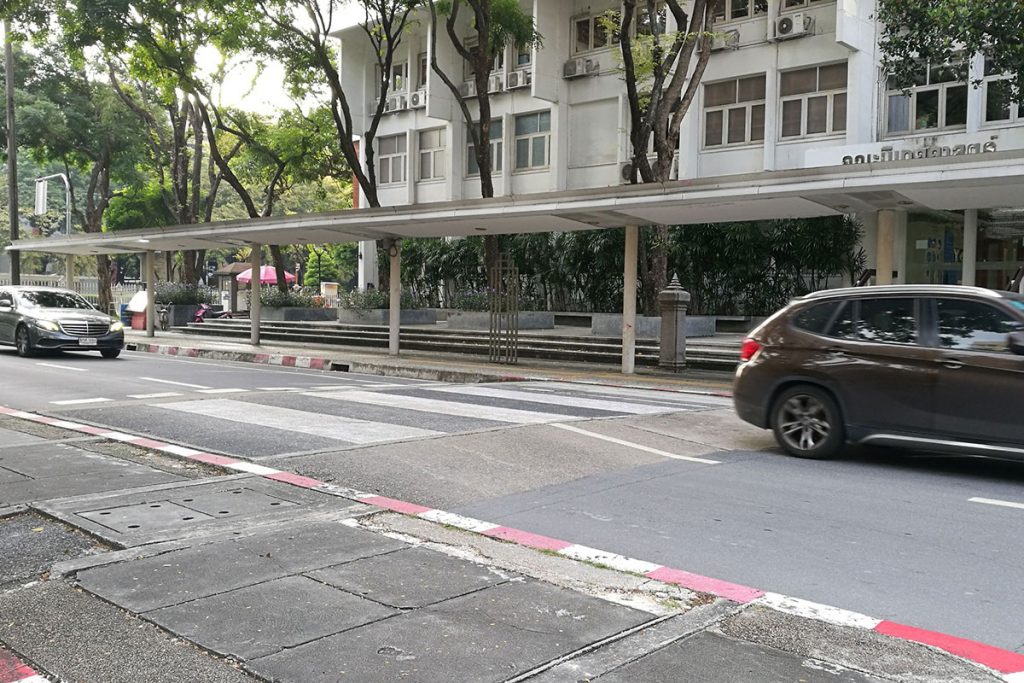
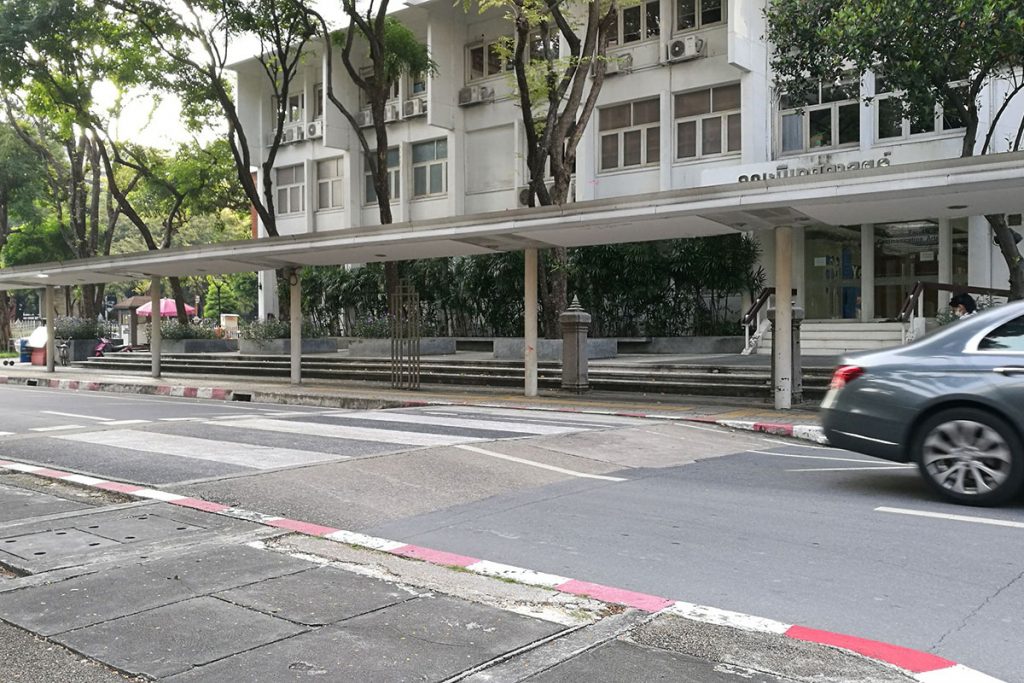
BY
- Office of Property Management, Chulalongkorn University
- Office of Physical Resources Management, Chulalongkorn University
Others

